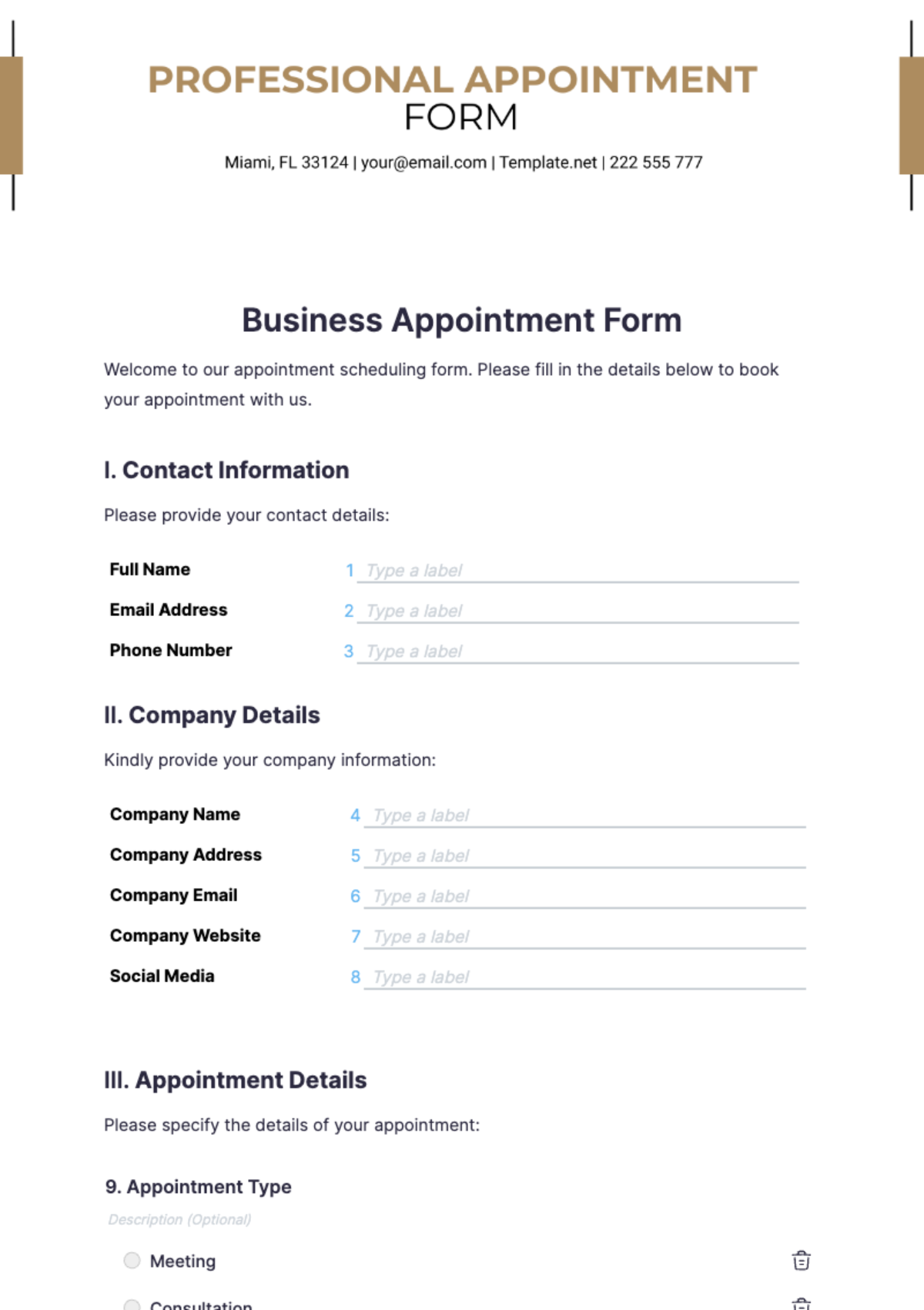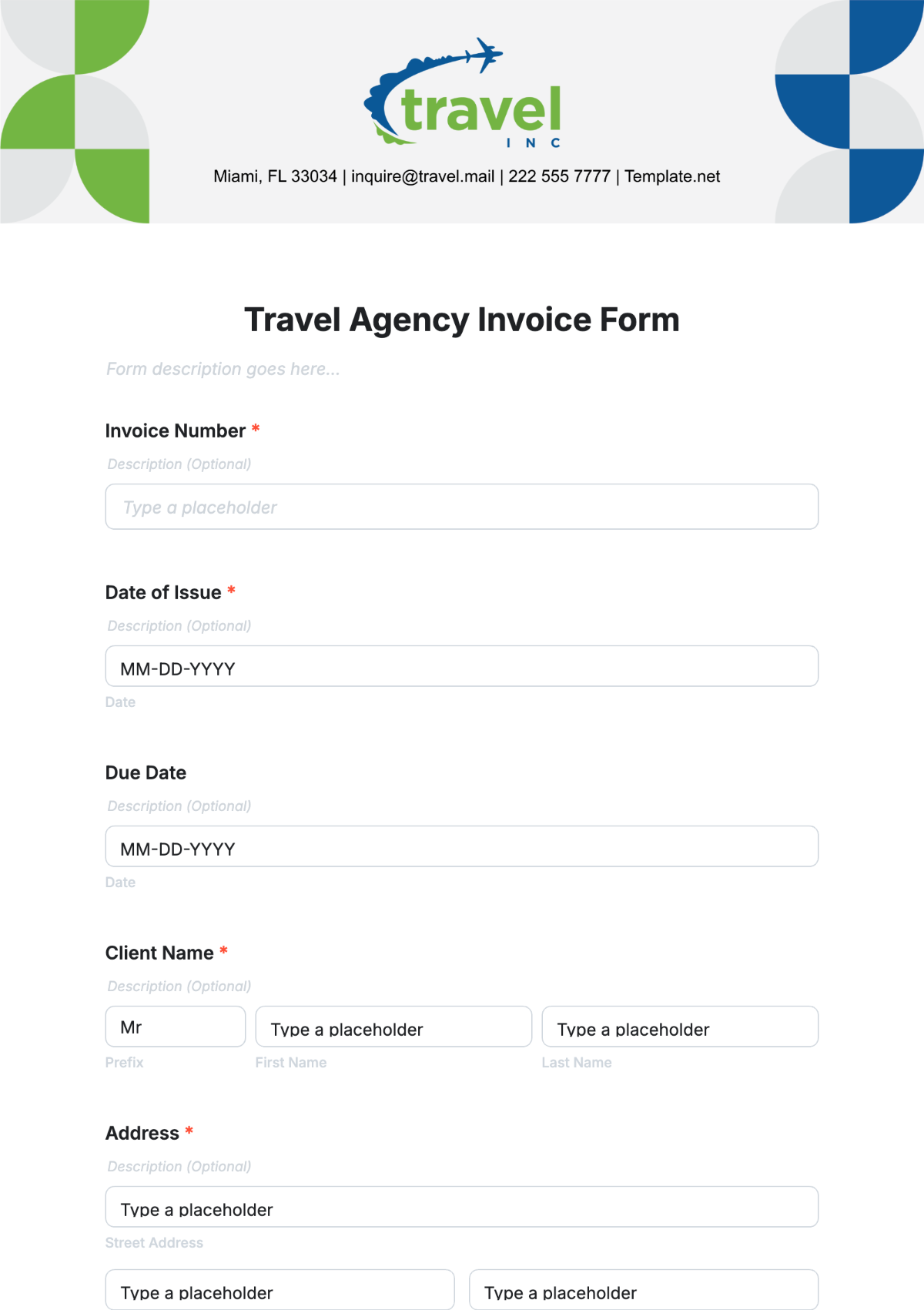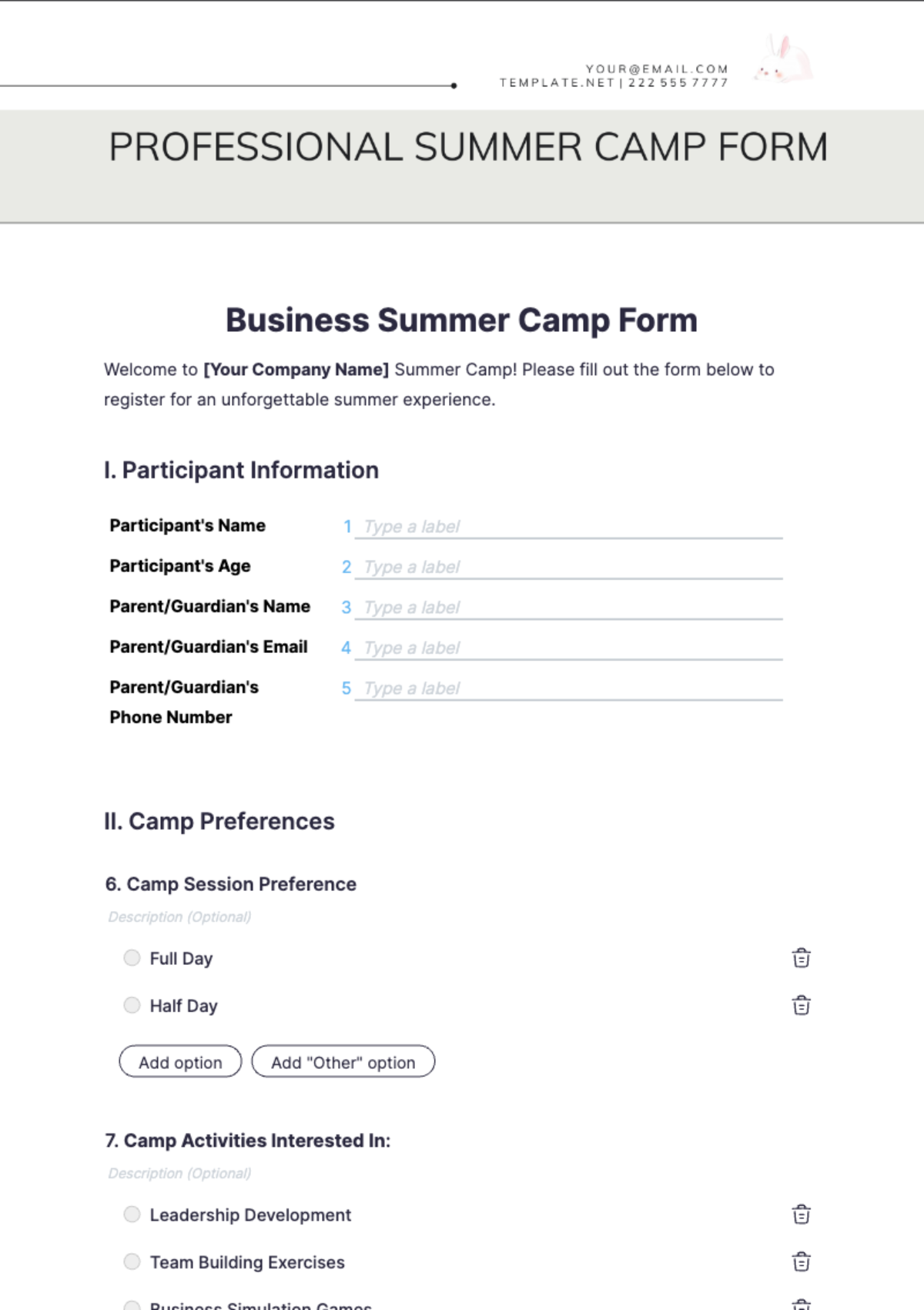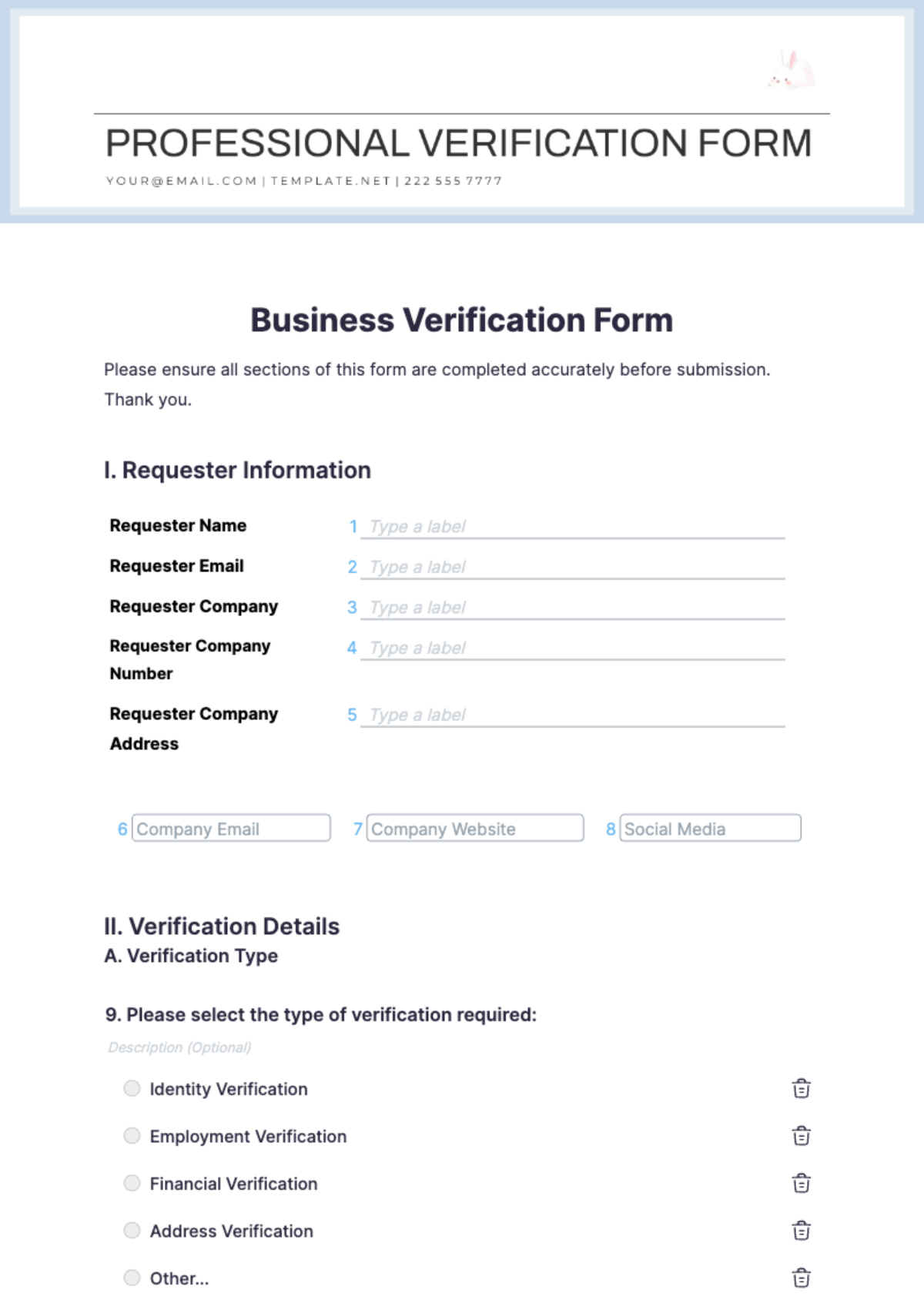Accounts Cash Flow Projection Form
In Q4 2050, [Your Company Name] anticipates a healthy cash flow position driven by strong sales performance, careful cost management, and strategic financial decisions. Key assumptions include continued market stability, timely collections, and successful execution of planned investments.
I. Cash Inflows
A. Operating Activities
1. Sales Revenue:
Month | Product A Sales | Product B Sales | Total Sales |
|---|---|---|---|
October | $500,000 | $300,000 | $800,000 |
November | $550,000 | $320,000 | $870,000 |
December | $600,000 | $350,000 | $950,000 |
2. Collections from Accounts Receivable:
Month | Accounts Receivable Collections |
|---|---|
October | $400,000 |
November | $450,000 |
December | $500,000 |
3. Other Operating Income:
Month | Other Income |
|---|---|
October | $20,000 |
November | $25,000 |
December | $18,000 |
B. Investing Activities
1. Proceeds from Asset Sales:
Month | Asset Sales Proceeds |
|---|---|
October | $50,000 |
November | $30,000 |
December | $40,000 |
2. Investment Income:
Month | Investment Income |
|---|---|
October | $8,000 |
November | $10,000 |
December | $7,000 |
C. Financing Activities
1. Loans and Borrowings:
Month | New Loans | Loan Repayments |
|---|---|---|
October | $100,000 | $50,000 |
November | $80,000 | $45,000 |
December | $120,000 | $60,000 |
2. Equity Financing:
Month | Equity Investment |
|---|---|
October | $50,000 |
November | $40,000 |
December | $60,000 |
II. Cash Outflows
A. Operating Expenses
1. Cost of Goods Sold (COGS):
Month | COGS Product A | COGS Product B | Total COGS |
|---|---|---|---|
October | $250,000 | $150,000 | $400,000 |
November | $275,000 | $160,000 | $435,000 |
December | $300,000 | $175,000 | $475,000 |
2. Operating Expenses:
Month | Rent | Utilities | Salaries | Other Expenses | Total Operating Expenses |
|---|---|---|---|---|---|
October | $10,000 | $5,000 | $80,000 | $20,000 | $115,000 |
November | $10,000 | $5,000 | $85,000 | $22,000 | $122,000 |
December | $10,000 | $5,000 | $90,000 | $25,000 | $130,000 |
3. Taxes:
Month | Corporate Taxes |
|---|---|
October | $15,000 |
November | $18,000 |
December | $20,000 |
B. Investing Activities
1. Capital Expenditures:
Month | Capital Expenditures |
|---|---|
October | $60,000 |
November | $45,000 |
December | $70,000 |
2. Acquisitions:
Month | Acquisition Expenses |
|---|---|
October | $30,000 |
November | - |
December | $40,000 |
III. Opening and Closing Cash Balances
Month | Opening Cash Balance | Closing Cash Balance |
|---|---|---|
October | $200,000 | $320,000 |
November | $320,000 | $450,000 |
December | $450,000 | $540,000 |
IV. Assumptions and Sensitivity Analysis
A. Key Assumptions:
Market Stability:
Assumption: The conditions within the market are holding steady and remain stable, uninterrupted by any significant economic downturns or other potential disruptions that could negatively affect it.
Timely Collections:
Assumption: Customers consistently adhere to and comply with the stipulated payment terms and as a result, collections are carried out in an efficient and timely manner.
Successful Execution of Planned Investments:
Assumption: The execution of investments in capital expenditures and acquisitions happens as per the planned strategies, which contributes significantly to the expansion and growth of the business.
B. Sensitivity Analysis:
Conducted sensitivity analysis on key variables:
Variations in sales volume
Changes in operating expenses
Delayed collections from accounts receivable
V. Variance Analysis
Month | Actual Net Cash Flow | Projected Net Cash Flow | Variance |
|---|---|---|---|
October | $125,000 | $120,000 | +$5,000 |
November | $128,000 | $130,000 | -$2,000 |
December | $92,000 | $90,000 | +$2,000 |
Variance Analysis Summary:
October: The variance is positive due to the fact that the sales were higher than initially expected.
November: The slight variation in the negative direction can be attributed to the increase in operating expenses.
December: The taxes and expenses have resulted in positive variance as they have been lower than what was initially projected.

















































